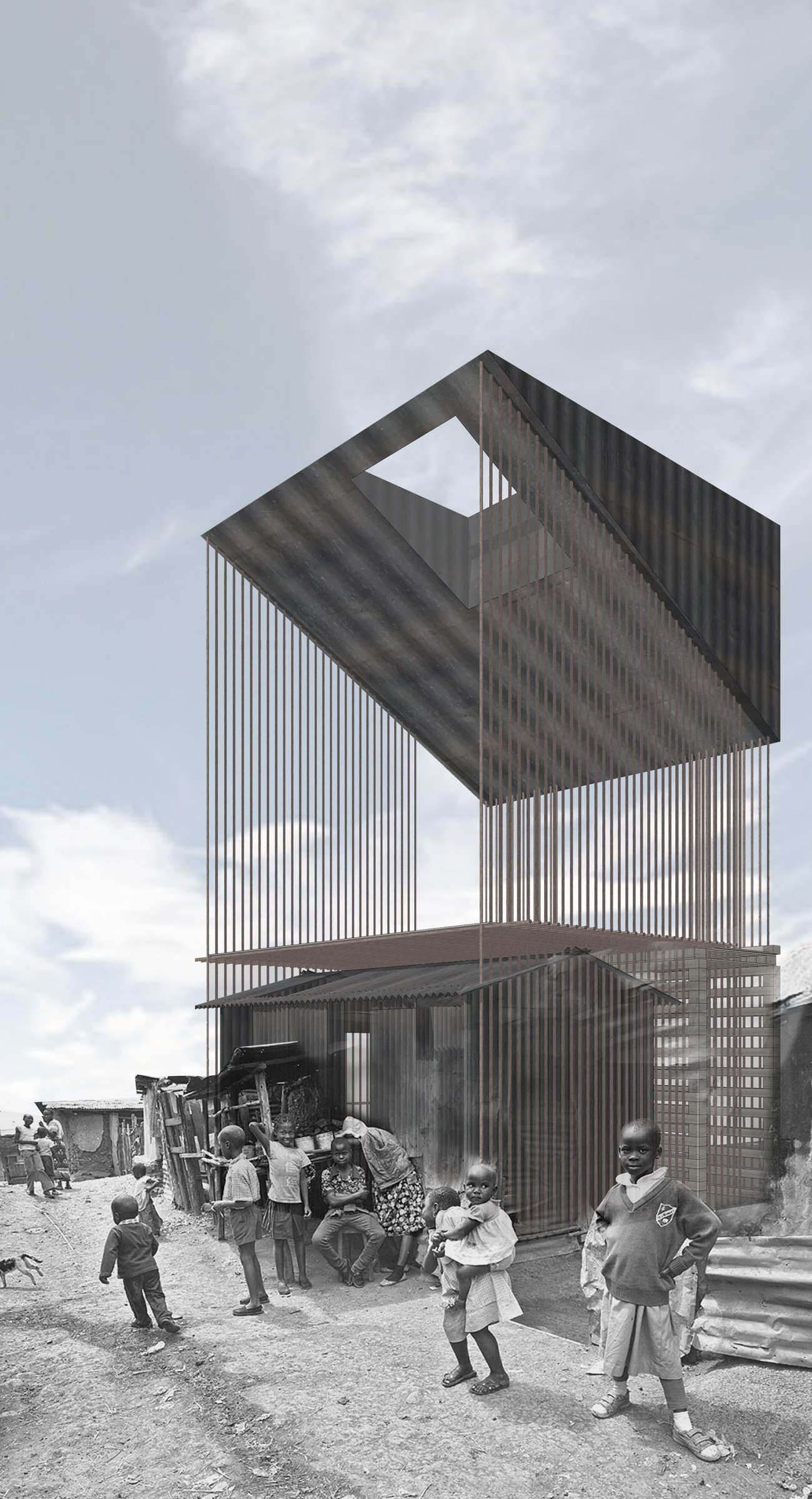
Keja Prototype: We collaborated with the artist Osborne Macharia to propose a new typology of building in the “Void”, to suit the urban millennials of Kawangware. The underlining component is a “working” roof that serves as rain catcher, private viewing deck and individualised expression that serves the needs of any specific KEJA client.
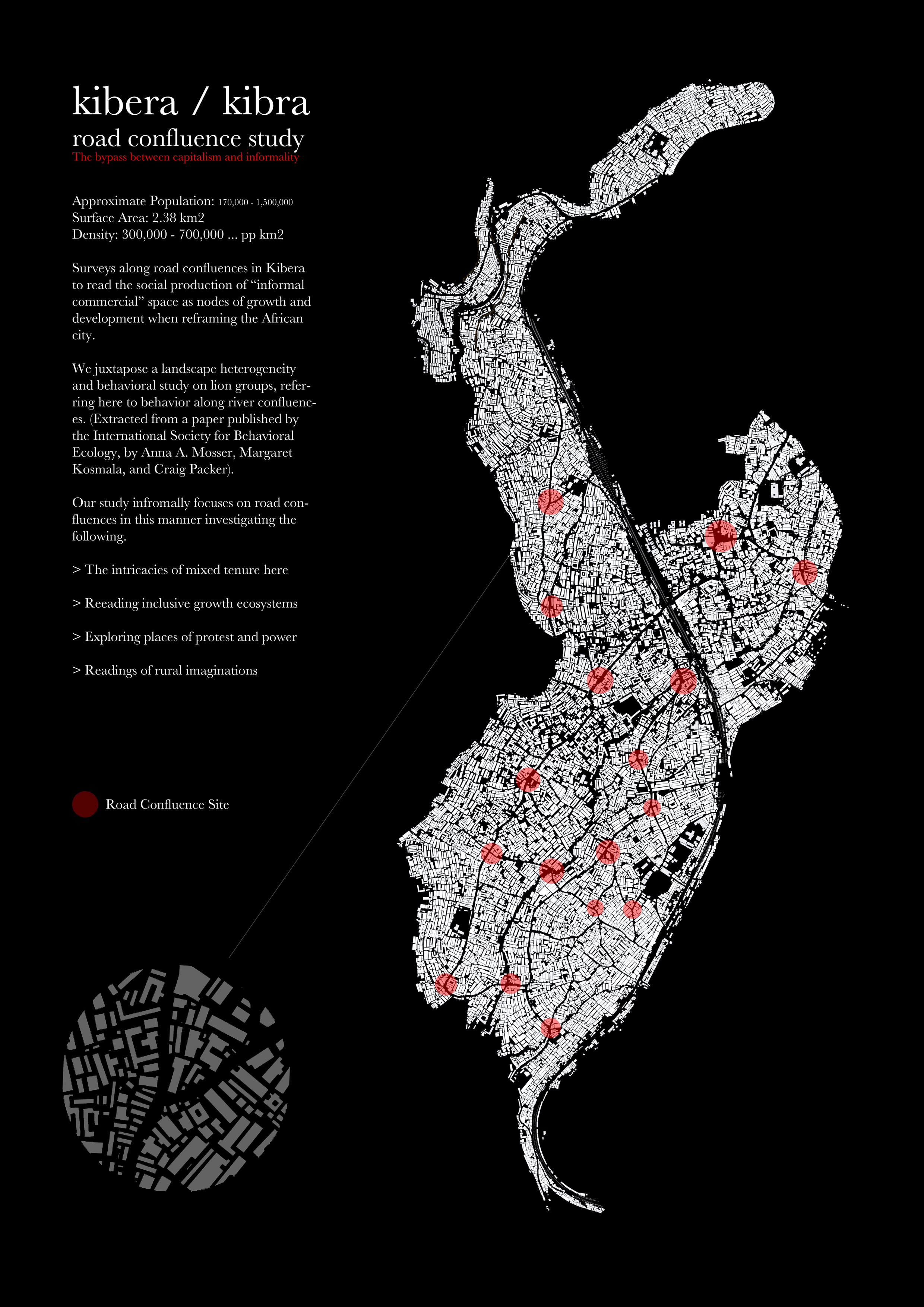
Kibera Confluence Study: Welcome to this part of the void in Kibera, that we choose to study using lion behavior. River confluence studies meet road confluence studies, to search for vestiges of future African cities.
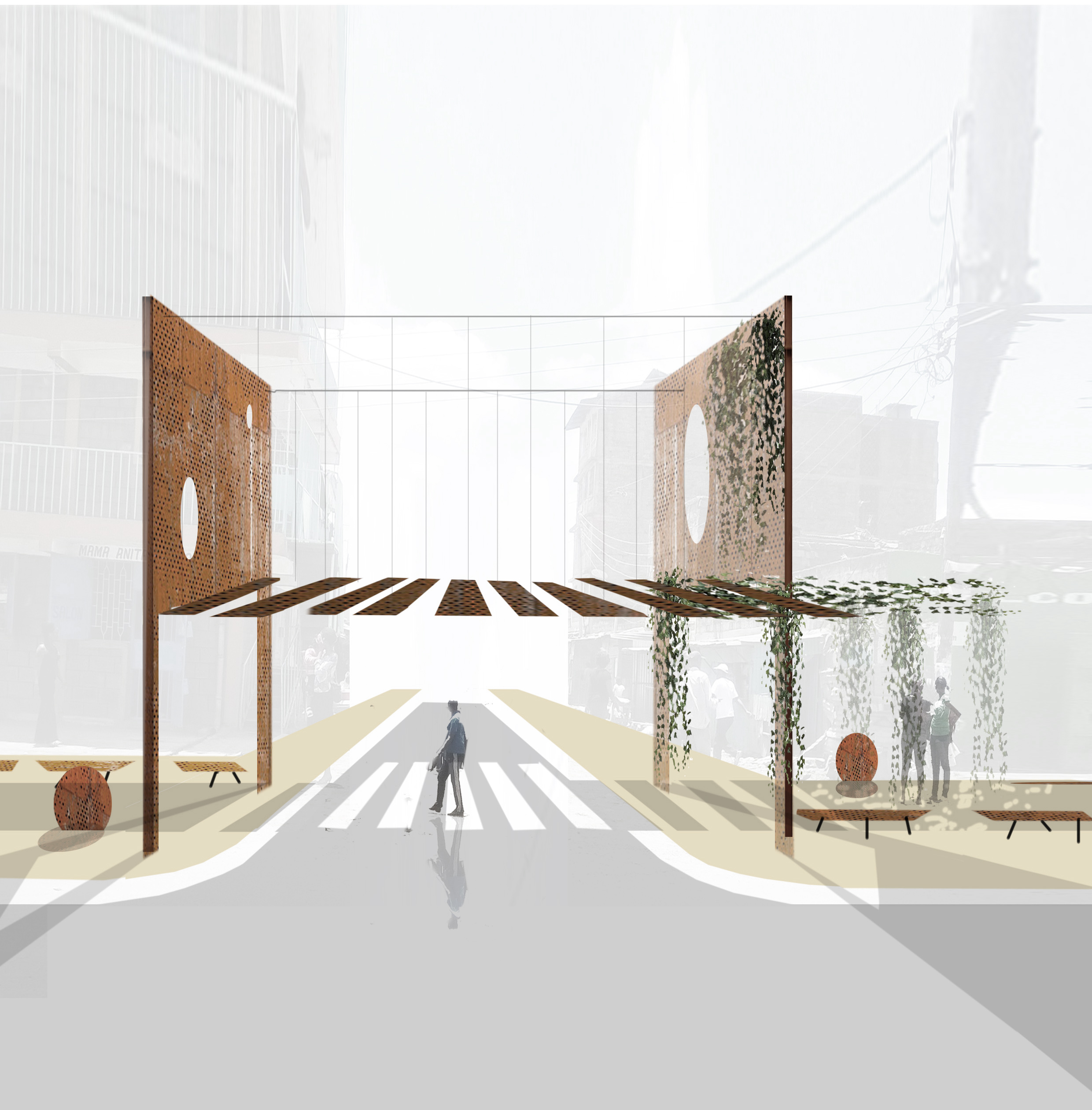
Afro-deconstruction: Here it is the floating zebra, deconstructing public space, an afro framing of human nature. To people watch where buses stop or just a place to rendezvous later.

Framing Shelter: For shelter we skelter, to build with what we find, Bamboo, earth and old metal sheets, the rough ones in kind. It was a competition we entered with ‘A’ frame-Afrique, it didn’t get far, uniting Makoko might have been the critique.
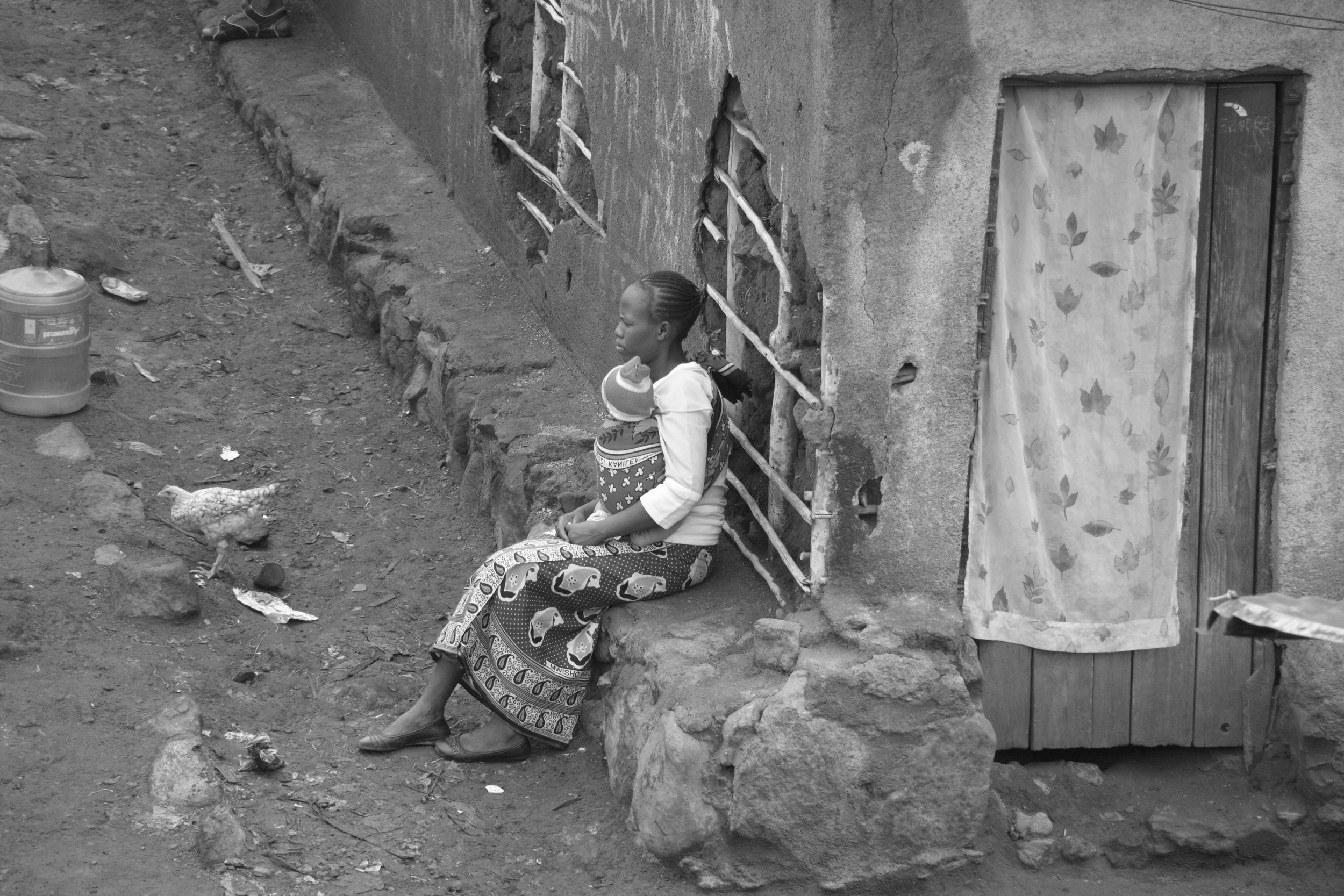
Framing Shelter: Strong stories she beholds, for her young one just under, when foundations fold earthen walls asunder.
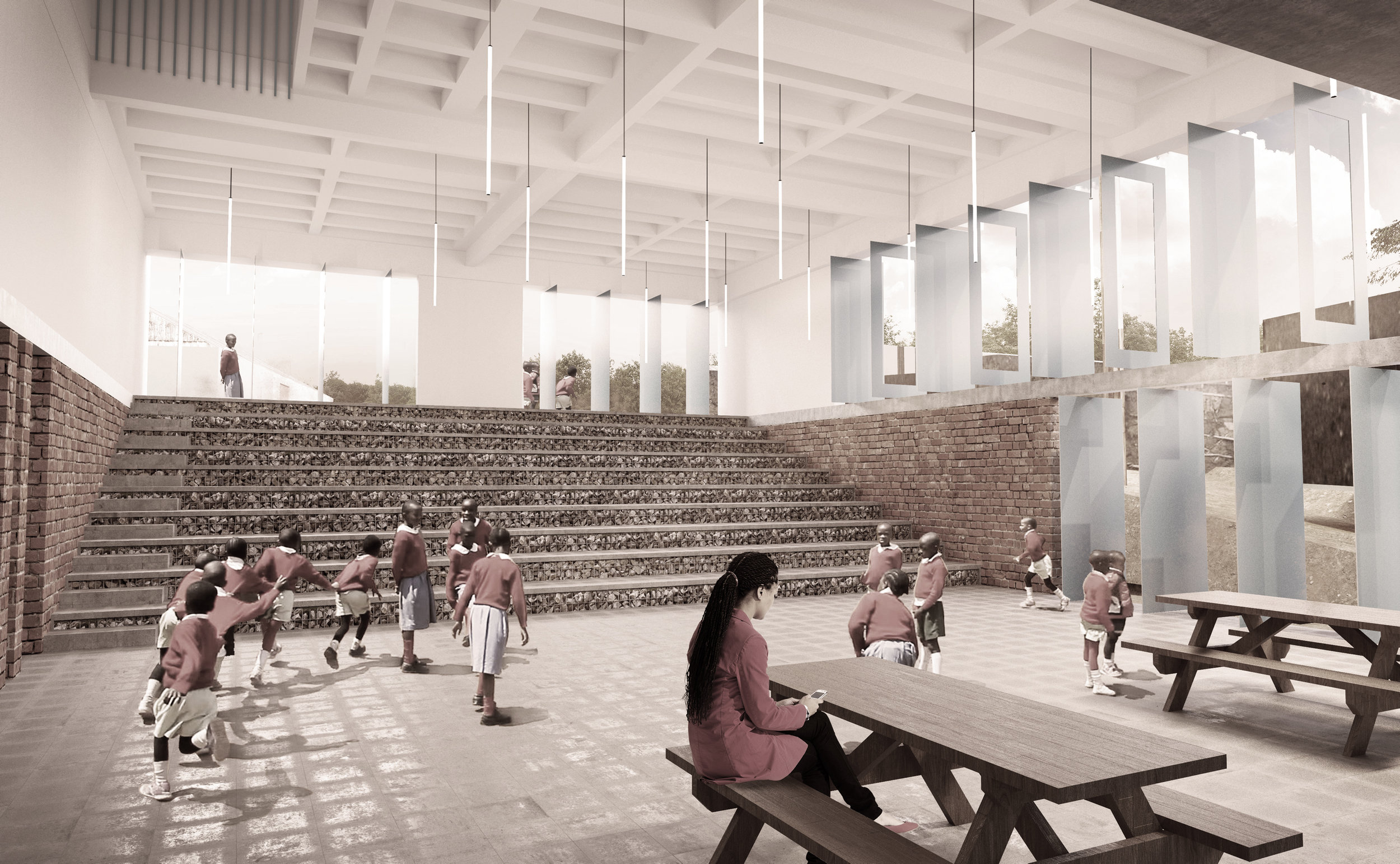
Kibera School: The labour of an architect on record, for this multi use space and classrooms kept aloft. It is a brutal shell of rough concrete, brick and block, easy to pick on, but not easy to knock.

Kibera Material: Stone against earth, sticks against motar, these details inform the next city led material endeavour.
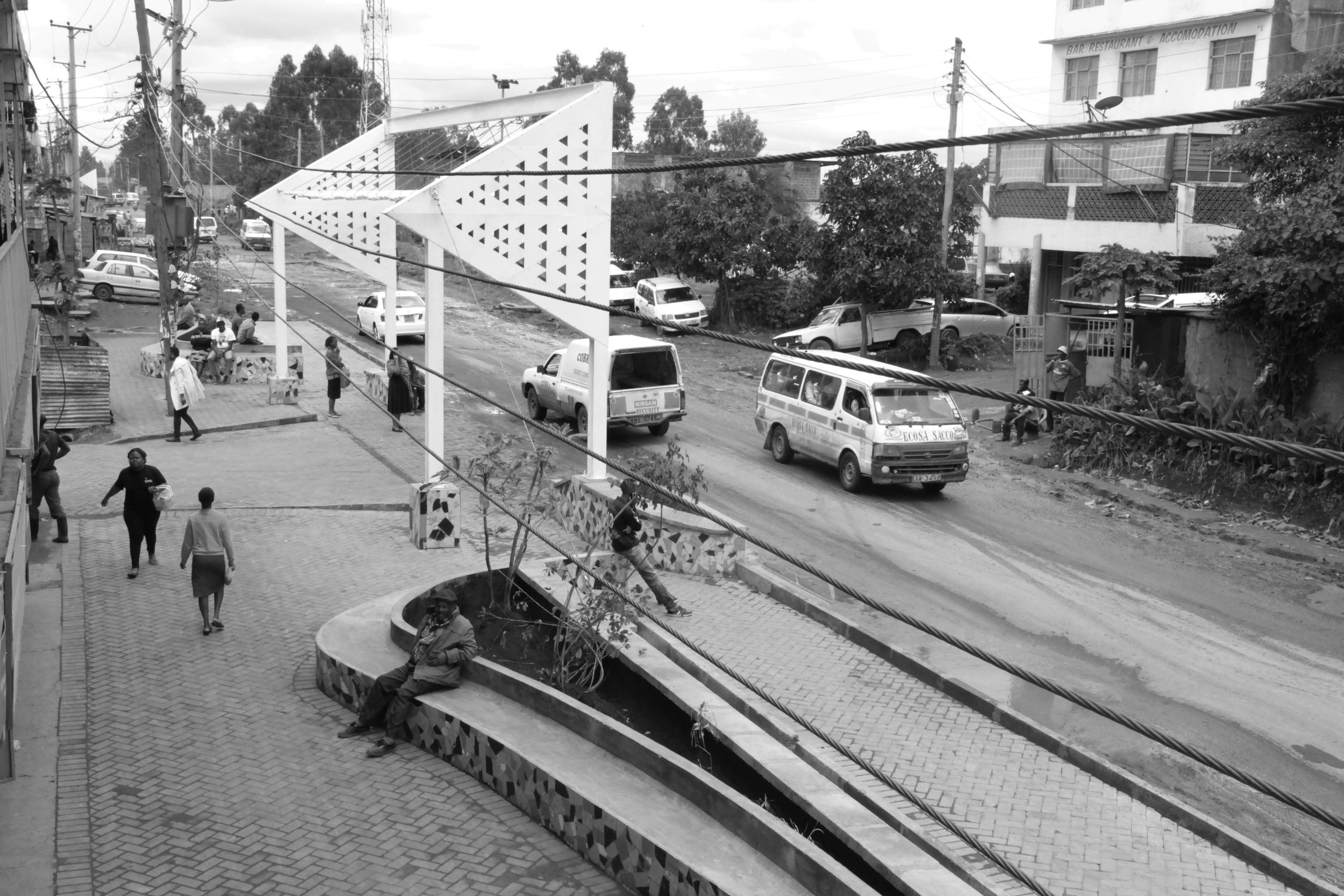
Floating Zebra: It was built of steel, in hindsight we see, a heavy gateway conceived with kids on minecraft for free. The curved seats and planters close, where business owners say they profit the most.

Dandora Dumpsite: Colour and gore on this landfill floor, it was a former stone quarry without a landlord’s lore. Gangs and cartels now own this place, for easy people pickings, an opaque lace.
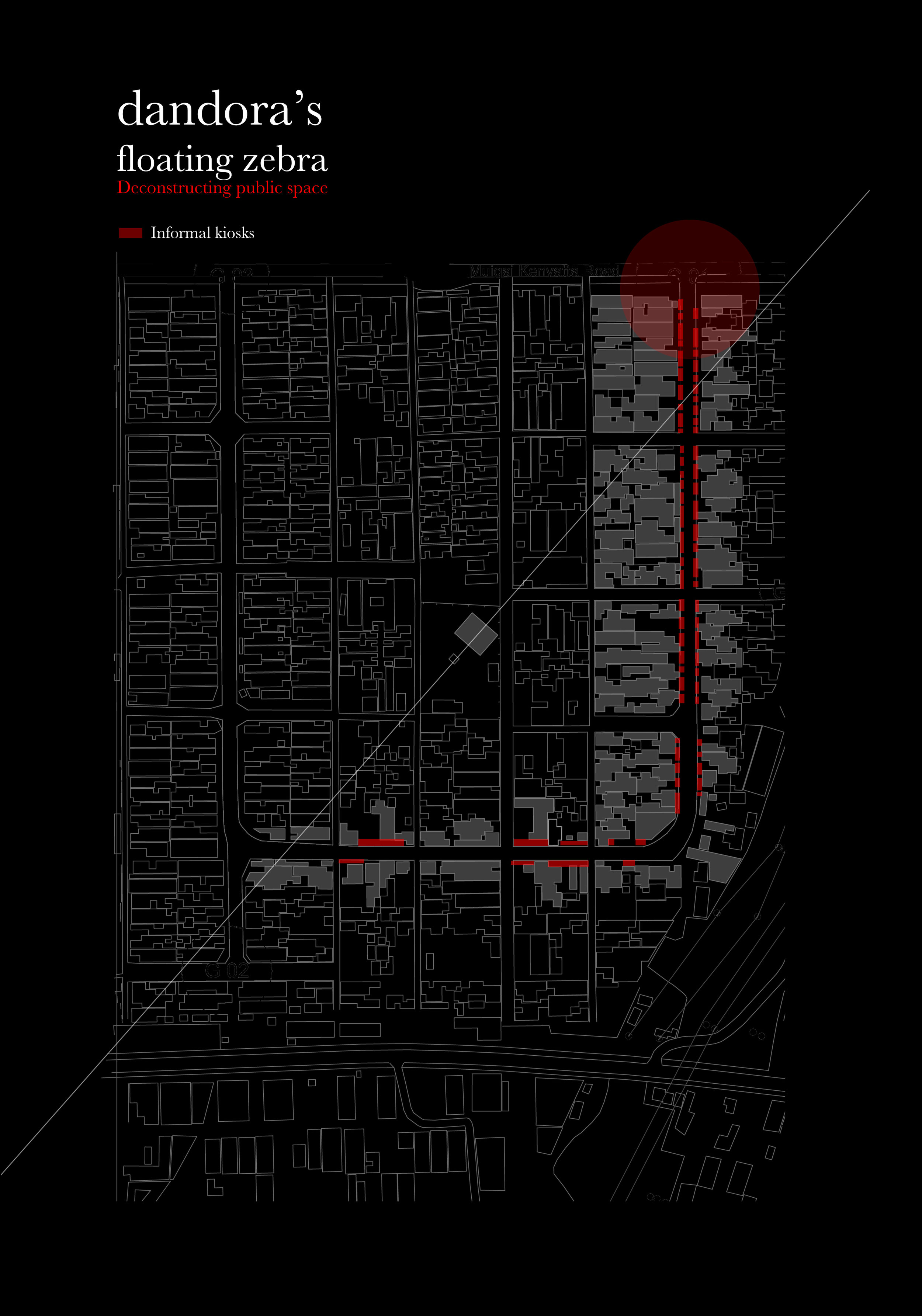
Dandora Street Study: A neglected neighbourhood perfectly planned, around homely courtyards, a go to for gangs. But not too long ago the millennials planned, of ways to clean it, through competitions they ran. Look them up DTL they are called, transforming public space for the young and old.

Dandora Dumpsite: In the landfill their is always life, for Njeri to recycle and feed Ausie. Wrapped up tight It is restaurant fat she sorts out further, for those gourmet dishes, from the rich folks larder.
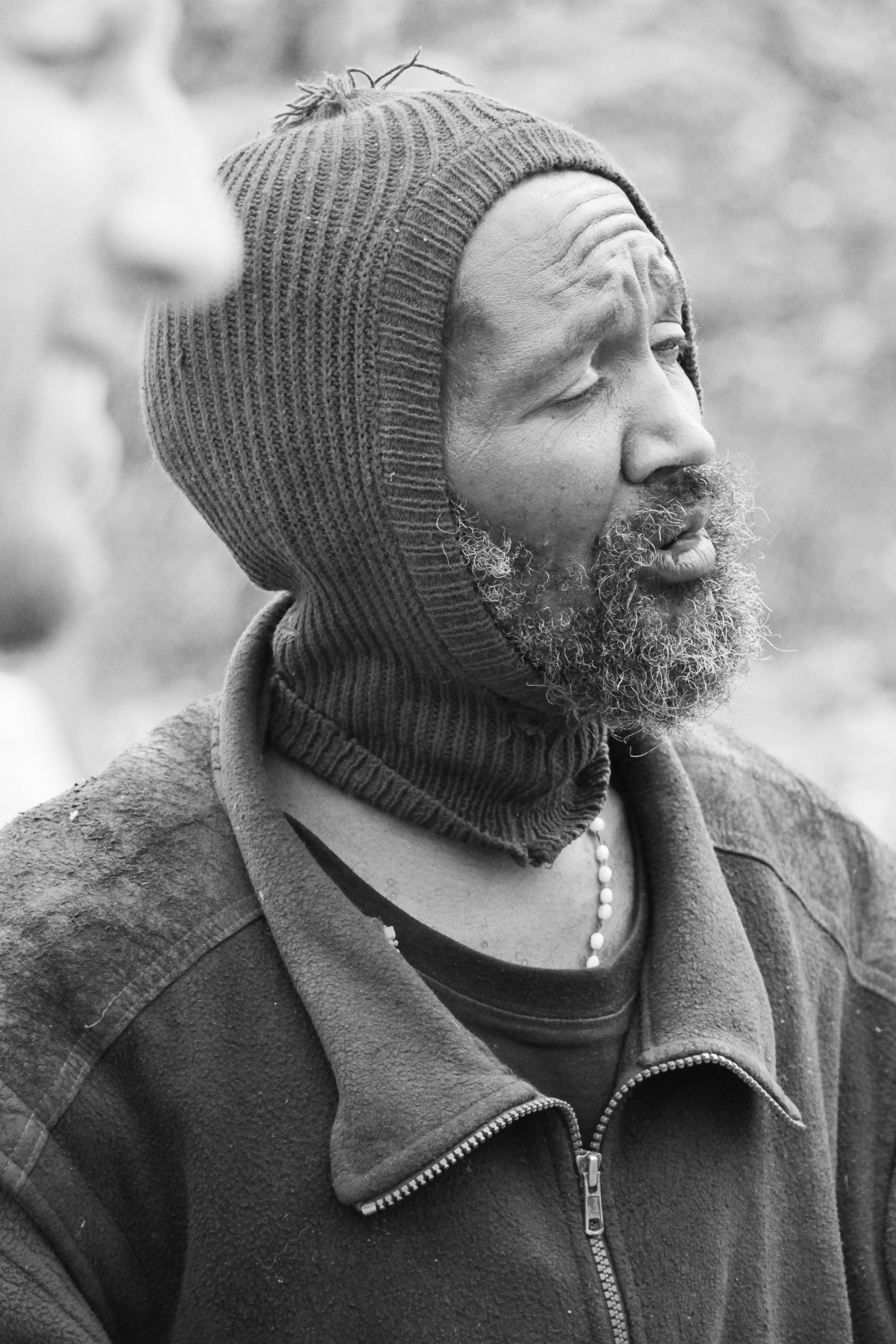
Dandora Dumpsite: His English was impeccable a fine man with valid dreams, a glance beyond his condition with great potential somehow unseen.
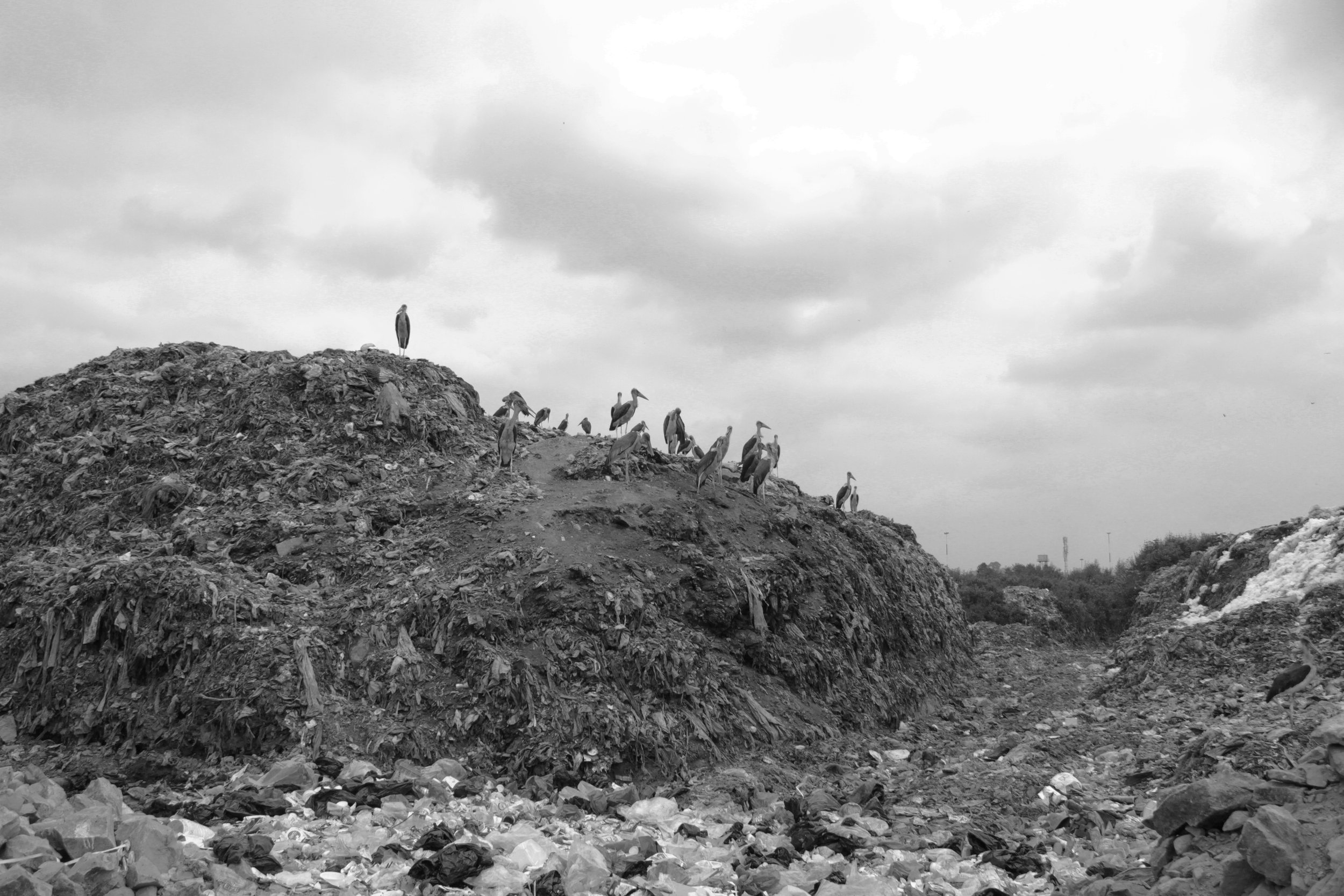
Dandora Dumpsite: See the topography, one made of trash, that we study with scientists, reading the Anthropocene, a layering stratigraphic and planetary crash.













Keja Prototype: We collaborated with the artist Osborne Macharia to propose a new typology of building in the “Void”, to suit the urban millennials of Kawangware. The underlining component is a “working” roof that serves as rain catcher, private viewing deck and individualised expression that serves the needs of any specific KEJA client.
Kibera Confluence Study: Welcome to this part of the void in Kibera, that we choose to study using lion behavior. River confluence studies meet road confluence studies, to search for vestiges of future African cities.
Afro-deconstruction: Here it is the floating zebra, deconstructing public space, an afro framing of human nature. To people watch where buses stop or just a place to rendezvous later.
Framing Shelter: For shelter we skelter, to build with what we find, Bamboo, earth and old metal sheets, the rough ones in kind. It was a competition we entered with ‘A’ frame-Afrique, it didn’t get far, uniting Makoko might have been the critique.
Framing Shelter: Strong stories she beholds, for her young one just under, when foundations fold earthen walls asunder.
Kibera School: The labour of an architect on record, for this multi use space and classrooms kept aloft. It is a brutal shell of rough concrete, brick and block, easy to pick on, but not easy to knock.
Kibera Material: Stone against earth, sticks against motar, these details inform the next city led material endeavour.
Floating Zebra: It was built of steel, in hindsight we see, a heavy gateway conceived with kids on minecraft for free. The curved seats and planters close, where business owners say they profit the most.
Dandora Dumpsite: Colour and gore on this landfill floor, it was a former stone quarry without a landlord’s lore. Gangs and cartels now own this place, for easy people pickings, an opaque lace.
Dandora Street Study: A neglected neighbourhood perfectly planned, around homely courtyards, a go to for gangs. But not too long ago the millennials planned, of ways to clean it, through competitions they ran. Look them up DTL they are called, transforming public space for the young and old.
Dandora Dumpsite: In the landfill their is always life, for Njeri to recycle and feed Ausie. Wrapped up tight It is restaurant fat she sorts out further, for those gourmet dishes, from the rich folks larder.
Dandora Dumpsite: His English was impeccable a fine man with valid dreams, a glance beyond his condition with great potential somehow unseen.
Dandora Dumpsite: See the topography, one made of trash, that we study with scientists, reading the Anthropocene, a layering stratigraphic and planetary crash.
